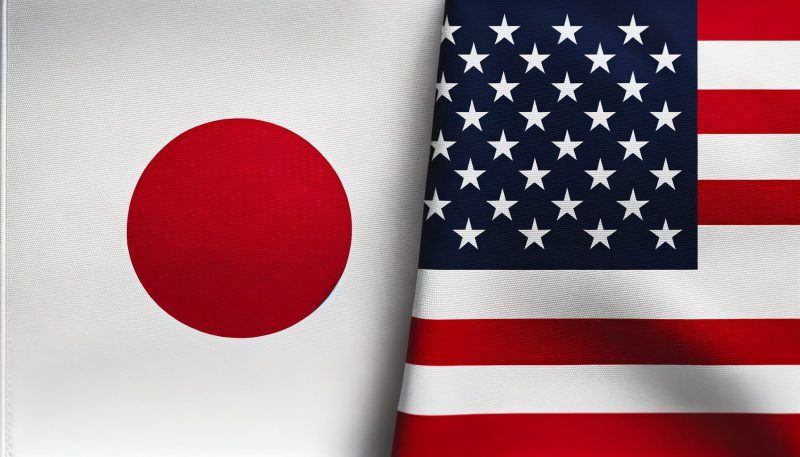The latest turbulence between the US Dollar [USD] and the Japanese yen [JPY] has gripped the attention of the globe. The yen breached the significant 160 per dollar mark, hitting its weakest level in 34 years. Just as quickly as it dipped, the yen managed to mount a strong comeback by surging over 2%. This unfolded against the backdrop of thin market conditions due to a local public holiday.
The yen’s unpredictable movements, marked by sudden drops and swift recoveries have ignited speculation and prompted discussions on the role of authorities in stabilizing current markets.
Traders scrambled to interpret the situation. Some attribute the yen’s resurgence to coordinated efforts by Japanese authorities to strengthen their struggling currency. Reports surfaced of Japanese banks trading dollars for yen, signaling a unified effort to boost the yen’s value. This interventionist stance reflects Tokyo’s concerns about the yen’s prolonged decline, despite recent policy adjustments by the Bank of Japan.
The recent event further highlights the delicate balance between currency intervention and market dynamics. Japan’s Ministry of Finance remained quiet on its actions. It left actions leaving analysts to speculate on the potential intervention if the USD/JPY exchange rate nears the 160 thresholds again. This signals a new point of concern for Japanese authorities.
Nicholas Chia, Asia macro strategist at Standard Chartered Bank in Singapore further said,
“Today’s move, if it represents intervention by the authorities, is unlikely to be a one-and-done move. We can likely expect more follow-through from MOF if USD-JPY travels to 160 again. In a sense, the 160-level represents the pain threshold, or new line in the sand for the authorities.”
Also Read: US Dollar, Swiss Franc & Japanese Yen Rise After Israel’s Attack on Iran
Policy Predicaments
The yen’s depreciation against the dollar has raised alarms among Japanese policymakers. The consequences of a weaker currency impact the community. However, a declining yen benefits Japanese exporters by enhancing their competitiveness. It further brings several challenges as well. This includes rising import costs, inflationary pressures as well as strained household budgets.
Policy Divergence
The currency saga of these two countries unfolds amidst the backdrop of contrasting monetary policies. While the US Federal Reserve tightens monetary policy to tackle inflation, the Bank of Japan seems to be maintaining a dovish stance.
As traders anticipate further developments, the USD/JPY exchange rate remains a key focus for investors seeking insights into the future direction of both currencies. Amidst shifting economic fundamentals and geopolitical uncertainties, the rollercoaster ride between the US dollar and the Japanese yen in 2024 underscores the complexities of the global currency market.
Also Read: US Dollar Hammers Chinese Yuan, Indian Rupee & Japanese Yen





